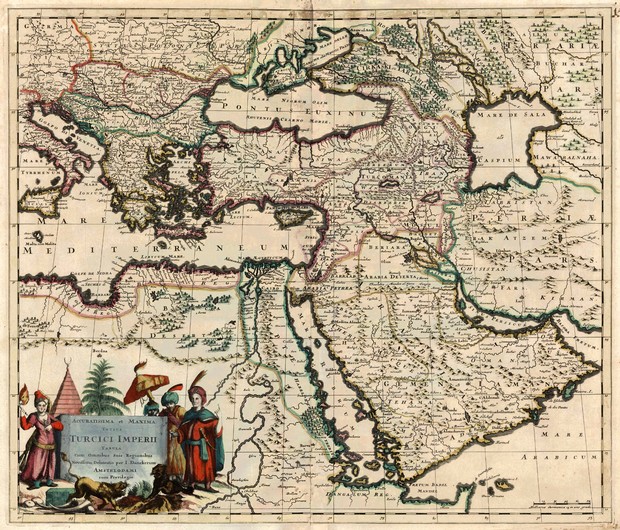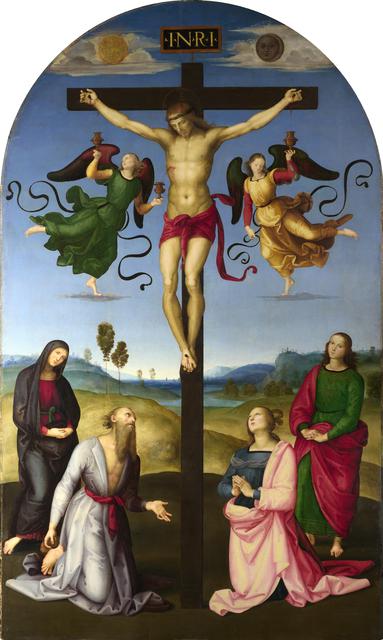It has been suggested that - along with climate change - wine was a primary agent for the development of Western civilization and the emergence of human creativity.
“Beside the sea she lives, the woman of the vine, the maker of wine; Siduri sits in the garden at the edge of the sea with the golden bowl and the golden vats that the gods gave her.”
- Epic of Gilgamesh III m BC
History of the Grapevine
Vitis Vinifera
VITIS SYLVESTRII
The story begins in the Mid-East with a hardy grapevine called vitis sylvestris. Fermented, the grapes were quickly appreciated beyond their medicinal properties.
Vitis Vinifera
Initially reserved for kings, priests and visiting dignitaries, the Mesopotamians believed grapes came from the blood of fallen soldiers while the early inhabitants of Latium believed they came from the blood of goddesses.
For the Jewish culture wine is a blessing, and in Catholicism it undergoes a mysterious alteration where the blood of Christ is turned to wine.
"Wine can of their wits the wise beguile, make the sage frolic and the serious smile."
- Homer
The earliest signs of winemaking, its economic, artistic and religious impact on civilizations.
VITIS VINIFERA
Domesticated, the vine is called vitis vinifera, and the origin of ninety percent of the world's wine. The first organized winemaking with fermentation vats appeared in the Mideast and Europe around 4,500 BC.
Evidence of vinifera vines was found in China, in the Yanghai Tombs in Xinjiang, China, 2,300 years old.


